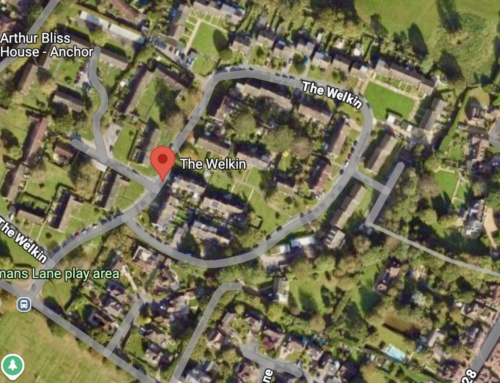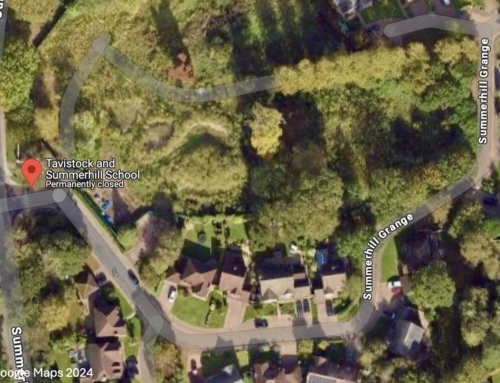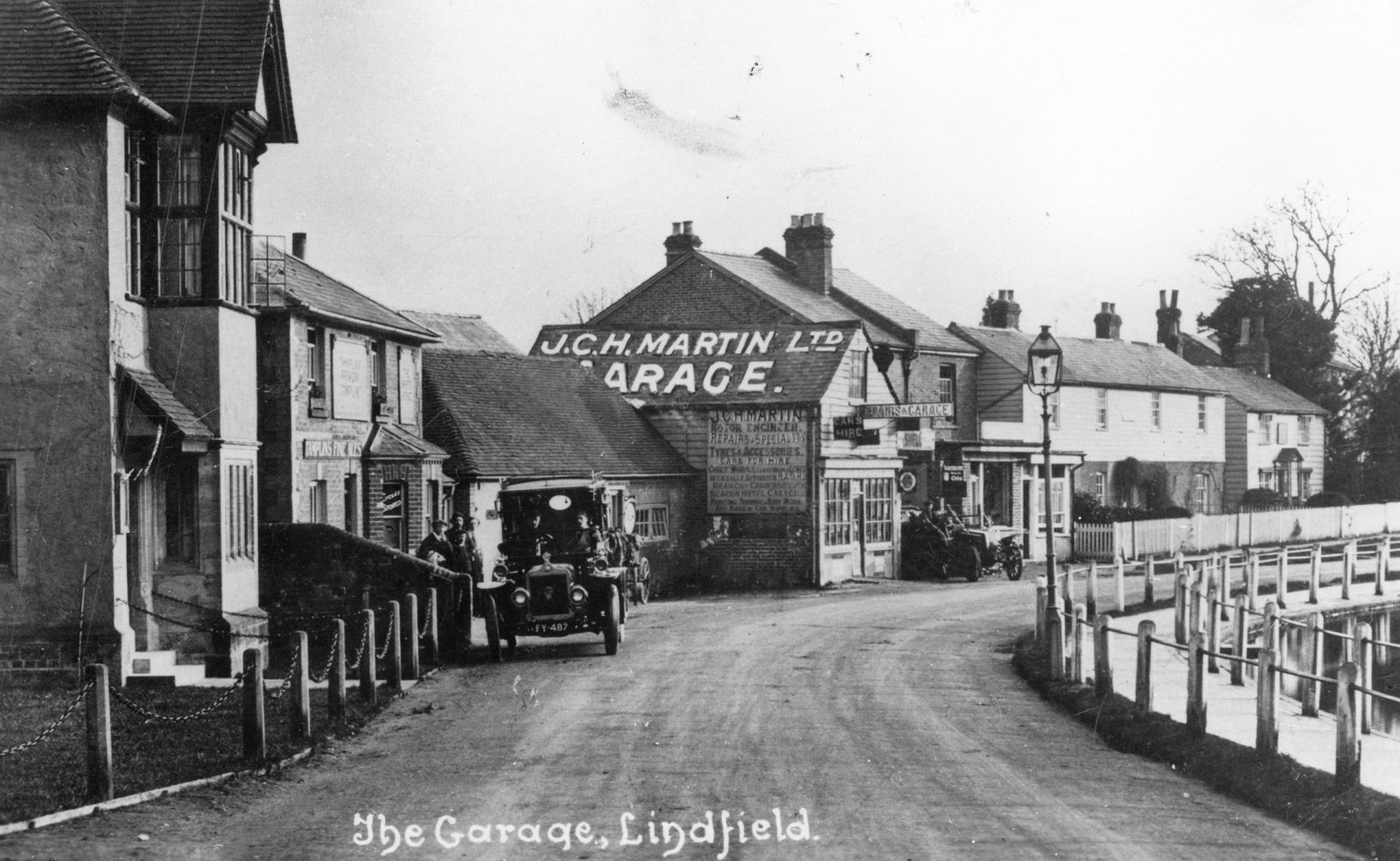by Ian Dumbrell
Share


The government is planning changes to national planning policy to dictate even higher housing targets for local areas. We have attached our objection (as part of their consultation exercise) below, ahead of the Society’s involvement in the consultation later this year.
“This is a plea for reasonableness in the housing targets being proposed for the NPPF. We are concerned that the projected Mid Sussex target of 1,276 per year is not consistently achievable or indeed desirable. It is worth considering how we have arrived at where we are in the current plan period. As we pointed out in our submission to the Regulation 19 Consultation on the District Plan (12 Feb 2024), it took Mid Sussex District Council eight years (2014/15 – 2021/22) to meet the cumulative housing target based on 876 units per year. The council was in deficit for every one of the first seven years.
Catching up with the cumulative target in year eight was only accomplished by relying on two factors: large-scale, one-off development at Burgess Hill, which by definition will not be repeated year after year, and secondly, approving schemes elsewhere that would earlier have been refused. For example, 600 dwellings were permitted in an AONB at Pease Pottage, a location previously excluded from the SHLAA as unsuitable for development. This history surely demonstrates that the original target cannot be seen as consistently achievable in the future. Moreover, driving the target still higher to 1,090 (the current proposal in the Draft District Plan), and backdating it as proposed to 2020/21, would immediately push the district back into deficit. A further 17% increase to 1,276 would clearly exacerbate the deficit. Speculative developers can be expected to exploit this by arguing that the Council is in default. An unreasonable target is therefore likely to undermine both the District Plan and the NPPF, which stipulates that development should be plan-led, not driven by property speculators.
Even if it were achievable, a target of 1,276 is undesirable. Housing targets have real-world consequences, and it is worth recalling what effect the current target of 876 has had. Lindfield provides an example and by no means the only one. Our village has been compelled over the past decade to accept more than 700 new homes. This translates into a population increase of 30% and 850 additional cars on narrow village roads. No supporting infrastructure has been added to healthcare or educational facilities that were under strain to begin with, nor have there been any improvements to the road network. Our community and others like it have also suffered considerable ecological damage, as large stretches of irreplaceable countryside have disappeared beneath sprawling warrens of speculative housing. Meanwhile, a shortage of genuinely affordable housing stubbornly persists. There is no reason to suppose that simply ratcheting up the housing target will produce anything but more of the same.
The calculation of housing need should not be a theoretical exercise performed without considering lived experience. The consultation draft notes rightly that the “standard method” in the current NPPF has been widely discredited because of its reliance on data that are out of date. But the proposed alternative, a top-down approach that begins with the answer required (300,000 dwellings per year nationally), and then effectively spreads them across local areas, is an abstract exercise that is equally adrift from reality. It is in any case unrealistic to expect private sector developers, who have never produced more than c. 200,000 dwellings per year nationally, suddenly to begin delivering 50% more.
Both MSDC and the CPRE have carried out separate calculations of housing need that produce significantly lower numbers for Mid Sussex. It is not our intention here to go into these studies in detail, but to urge that they be taken seriously as alternatives. The past fourteen years of planning failure demonstrate the need for grounding housing policy in the real world, with respect for communities and the environment. We urge a rethink that would give local planning authorities, who know their areas best, the ability to determine – or at least to influence – their planning objectives.”











